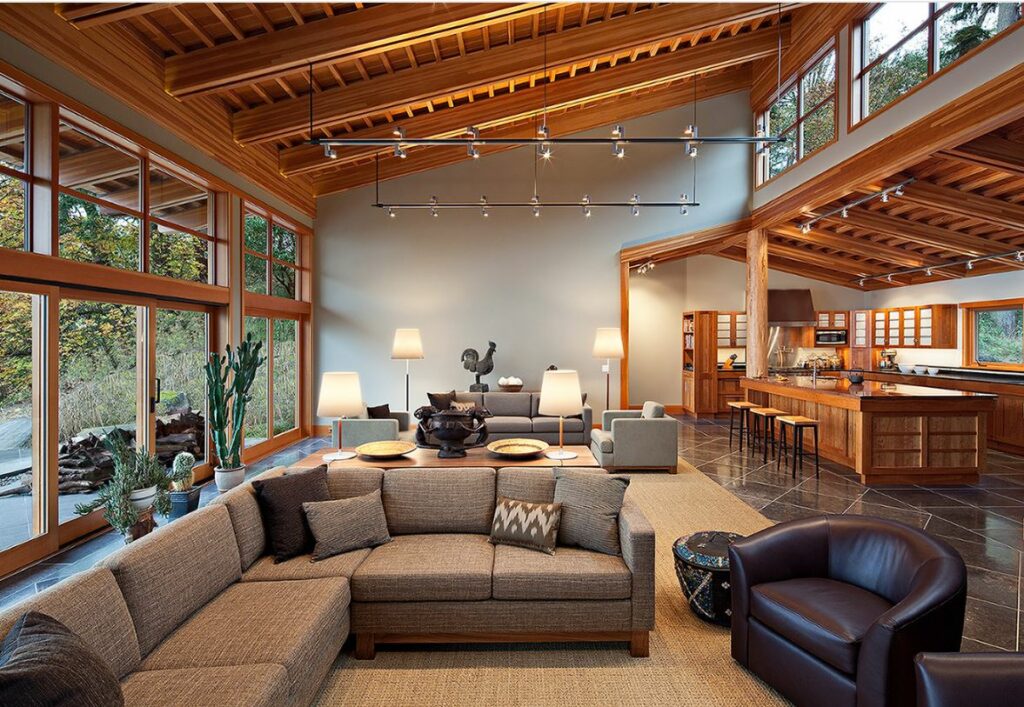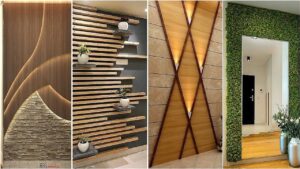Sarah and Mark stood in their newly renovated living room, gazing in awe at the transformation. What was once a dark, uninviting space now felt open, warm, and filled with natural light. The key to this dramatic change wasn’t the furniture or the décor but the addition of clerestory windows. Positioned high on the walls, these windows bathed the room in sunlight while maintaining privacy. Sarah couldn’t help but remember when the architect suggested clerestory windows. It was a term she hadn’t heard before, but now, standing in her beautiful home, it was a concept she would never forget.
Clerestory windows have been used for centuries to bring natural light into buildings, and they remain a popular design element today. In this article, we’ll explore the benefits of clerestory windows, their historical roots, and why they are gaining popularity in modern architecture. We’ll also dive into the statistics surrounding energy savings, home value, and architectural trends that make clerestory windows a practical and stylish choice for homeowners.
What Are Clerestory Windows?
Clerestory windows are high on a wall, often near the roofline. They are typically taller than they are wide and are used to let natural light flood into a space without compromising privacy. In many homes, clerestory windows are installed in rooms with high ceilings, such as living rooms, kitchens, or entryways, allowing sunlight to illuminate large areas without additional artificial lighting.
One of the main reasons homeowners choose clerestory windows is their ability to increase natural light while minimizing glare. Because of their elevated position, these windows reduce the harshness of direct sunlight, offering a soft and even distribution of light throughout the day. According to a report by the U.S. Department of Energy, homes with abundant natural light can reduce lighting energy usage by up to 20%, making clerestory windows a stylish and energy-efficient choice.
Key Stats:
- Homes with ample natural light can reduce lighting energy usage by up to 20% (U.S. Department of Energy).
The History of Clerestory Windows
Clerestory windows have a long history that dates back to ancient Egypt and the Roman Empire. In the famous Egyptian temples of Karnak, clerestory windows allowed light into vast, dimly lit interiors, creating a dramatic interplay of shadows and light. The Romans later adopted clerestory windows in their basilicas and grand public buildings, further refining the concept.
In the Middle Ages, clerestory windows became a hallmark of Gothic cathedrals. Architects created soaring walls of stained glass that filled churches with light and color, symbolizing divine presence. Even today, many historic churches and cathedrals feature impressive clerestory windows that inspire awe.
In modern architecture, clerestory windows are valued for their historical significance and their ability to enhance natural lighting in homes and buildings. As sustainable design trends grow, clerestory windows are increasingly used in residential and commercial projects to reduce reliance on artificial lighting and lower energy consumption.
Benefits of Clerestory Windows
- Increased Natural Light
The primary benefit of clerestory windows is their abundance of natural light. Because these windows are placed high on the wall, they can capture sunlight throughout the day, even when lower windows may be blocked by furniture or other structures. This makes clerestory windows especially useful in rooms with high ceilings or open floor plans, where lighting needs may be more complex.
According to the National Renewable Energy Laboratory (NREL), homes with ample natural light reduce energy consumption and create a healthier living environment. Natural light has been shown to improve mood, increase productivity, and even regulate sleep patterns, making clerestory windows a key design feature for wellness-focused homes.
Key Stats:
- Natural light can reduce energy consumption and improve overall health and well-being (NREL).
- Privacy without Compromising Light
Clerestory windows offer the perfect balance between natural light and privacy. Unlike traditional windows at eye level, clerestory windows are positioned high enough to allow light in while keeping prying eyes out. This is particularly advantageous in urban or densely populated areas where privacy is a concern.
For homeowners like Sarah and Mark, who live in a busy neighborhood, clerestory windows allow them to enjoy the beauty of natural light without worrying about privacy. This is why clerestory windows are becoming increasingly popular in modern homes and urban developments.
- Energy Efficiency and Sustainability
In today’s world, energy efficiency is a top priority for many homeowners, and clerestory windows significantly reduce energy consumption. By increasing the amount of natural light that enters a home, clerestory windows reduce the need for artificial lighting during the day. Moreover, when paired with energy-efficient glass, these windows can help regulate indoor temperatures by minimizing heat transfer.
The U.S. Department of Energy notes that energy-efficient windows, including clerestory designs with proper glazing, can save homeowners between 10% and 20% on their heating and cooling bills. In addition to reducing energy costs, this also makes homes more environmentally friendly by lowering their carbon footprint.
Key Stats:
- Energy-efficient windows can save homeowners between 10% and 20% on heating and cooling costs (U.S. Department of Energy).
- Architectural Appeal
In addition to their practical benefits, clerestory windows add a distinct architectural element to a home. Their high placement creates the illusion of taller walls and ceilings, making spaces more extensive and open. This is particularly true in modern homes where clean lines and open spaces are central to the design.
Architects often use clerestory windows to draw attention to the natural surroundings, framing views of the sky, trees, or distant landscapes. This makes them popular in homes that blend indoor and outdoor living spaces. Clerestory windows are frequently used in green building designs and passive solar homes, where natural light and energy efficiency are prioritized.
Types of Clerestory Windows
Clerestory windows come in various designs, allowing homeowners to choose the option that best suits their aesthetic and functional needs. Some of the most common types include:
- Fixed clerestory windows: These windows do not open but provide ample light and architectural appeal. They are often used in rooms where ventilation is not a concern, such as living rooms or entryways.
- Operable clerestory windows can be opened for ventilation, making them ideal for kitchens, bathrooms, or areas where airflow is essential. They are often paired with mechanical systems like remote controls or automated features for ease of use.
- Skylight-style clerestory windows: In some homes, they are designed more like skylights, installed at an angle to maximize the amount of light they bring into the space.
Cost of Installing Clerestory Windows
The cost of installing clerestory windows can vary depending on factors such as the size of the windows, the type of glass used, and the complexity of the installation. On average, homeowners can expect to pay between $1,000 and $2,500 per window for materials and installation.
According to Remodeling Magazine’s Cost vs. Value Report, adding clerestory windows to a home can provide a return on investment (ROI) of approximately 60% to 70%, making them a worthwhile addition for aesthetic and energy-saving purposes and increasing home value.
Key Stats:
- Average cost: $1,000 to $2,500 per window (installation included)
- Return on investment: 60% to 70% (Remodeling Magazine)
Conclusion: Bringing the Outdoors In
Clerestory windows are more than just a design trend; they are a practical and stylish solution for enhancing natural light, improving energy efficiency, and adding architectural appeal to any home. Whether in a busy urban area or a quiet rural setting, these high-placed windows offer a unique blend of privacy and light that few other window types can match.
As Sarah and Mark discovered, clerestory windows can transform a home by bringing in light and creating a space that feels open, airy, and connected to the outdoors. With their growing popularity in modern architecture, clerestory windows will likely remain a key feature in sustainable and aesthetically pleasing home designs for years.
You may also read
standard size of bathroom in feet






